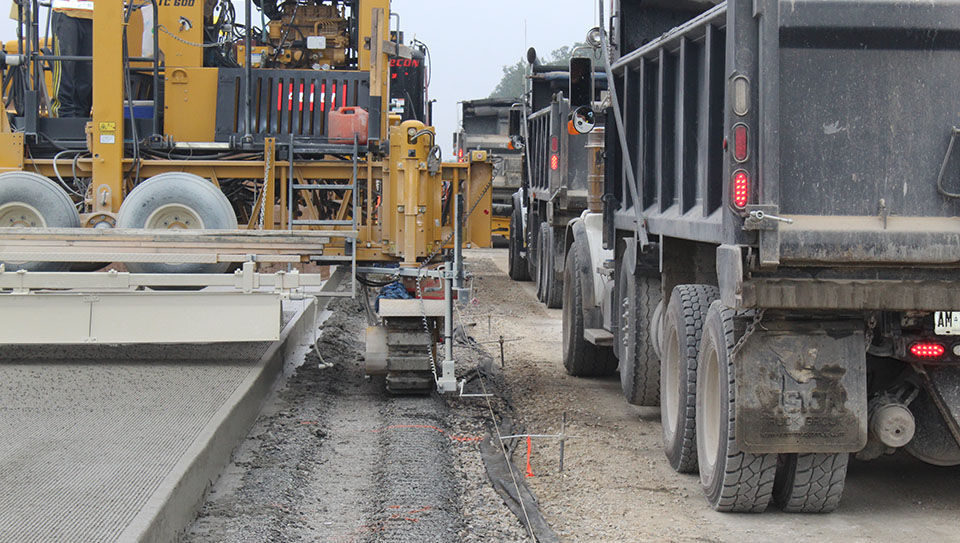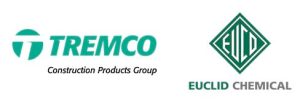
Most of Canada’s highways and (non-rural) roads are composed of asphalt, because asphalt costs less to place than concrete. It is a less expensive building material so contractors can submit lower bids than contractors with bids that list concrete as the building material.
“Lower roadbuilding costs translates into more money for government agencies who want to do more with less,” says Stuart Galloway, President, Canadian Concrete Expo—Canada’s national trade show dedicated to the concrete construction industry. “However, the money they saved on roadbuilding will just get used on road maintenance and repair.”
Concrete—as a roadbuilding material—has many benefits. It has the strength to bridge poor subgrades and can withstand heavier loads without rutting. The lack of ruts decreases the opportunity for water to accumulate on the surface and then seep into the road, and water, especially when there is a freeze/thaw cycle, causes significant damages to roads. Plus, concrete can be stamped into a pattern and has less repair and rehabilitation requirements.
More than 93% of Ontario’s 400 Series highways are composed of asphalt. Approximately 117 centreline kilometres are classified as concrete—a centerline kilometre is one kilometre of the highway, including all driving lanes, the shoulders and even entrances.
Aecon Limited recently completed placing concrete along ten kilometres of Highway 401 between Union Road and Colonel Talbot Road. Aecon placed approximately 1,000-1,200 cubic metres of concrete each day with their GP3 paver with G+ controls, a TC600 texture/cure machine and a newly acquired GOMACO PS-2600. placer/spreader. According to Aecon, the company chose to use concrete instead of asphalt, because it is a new opportunity that they feel is a more recurring item on many MTO contracts.
In order for Aecon to be able to bid the use of concrete, the Ministry of Transportation Ontario (MTO) had to initiate the contract as an alternative bid (AB) process, which allows for either rigid (concrete) or flexible (asphalt) pavement designs. According to the MTO, during the design of this project, the ministry determined that—based on the scope of the project, constructability, service life and life-cycle costs—both rigid and flexible pavement design options were feasible alternatives.
MTO began using an alternative bid (AB) process for freeway reconstruction contracts in 2001. This has opened up the opportunity to see more concrete roads and highways.
“Concrete also has several environmental advantages over asphalt ones. Asphalt roads require bitumen, which is a petroleum product that emits a lot of polluting gases during paving. Also, vehicles consume less fuel when travelling on concrete roads and highways,” says Galloway.
Asphalt, however, is not without its benefits. Besides lower construction costs, it reduces noise from traffic, it is relatively easy to repair and rehabilitate and its dark colour aids melt ice from roads, which can decrease traffic accidents.
“Both materials can make great building materials,” says Galloway. “It is more important for decision makers to be aware of all the advantages and disadvantages of each material. I obviously have my favourite and would like to see more concrete construction.”

